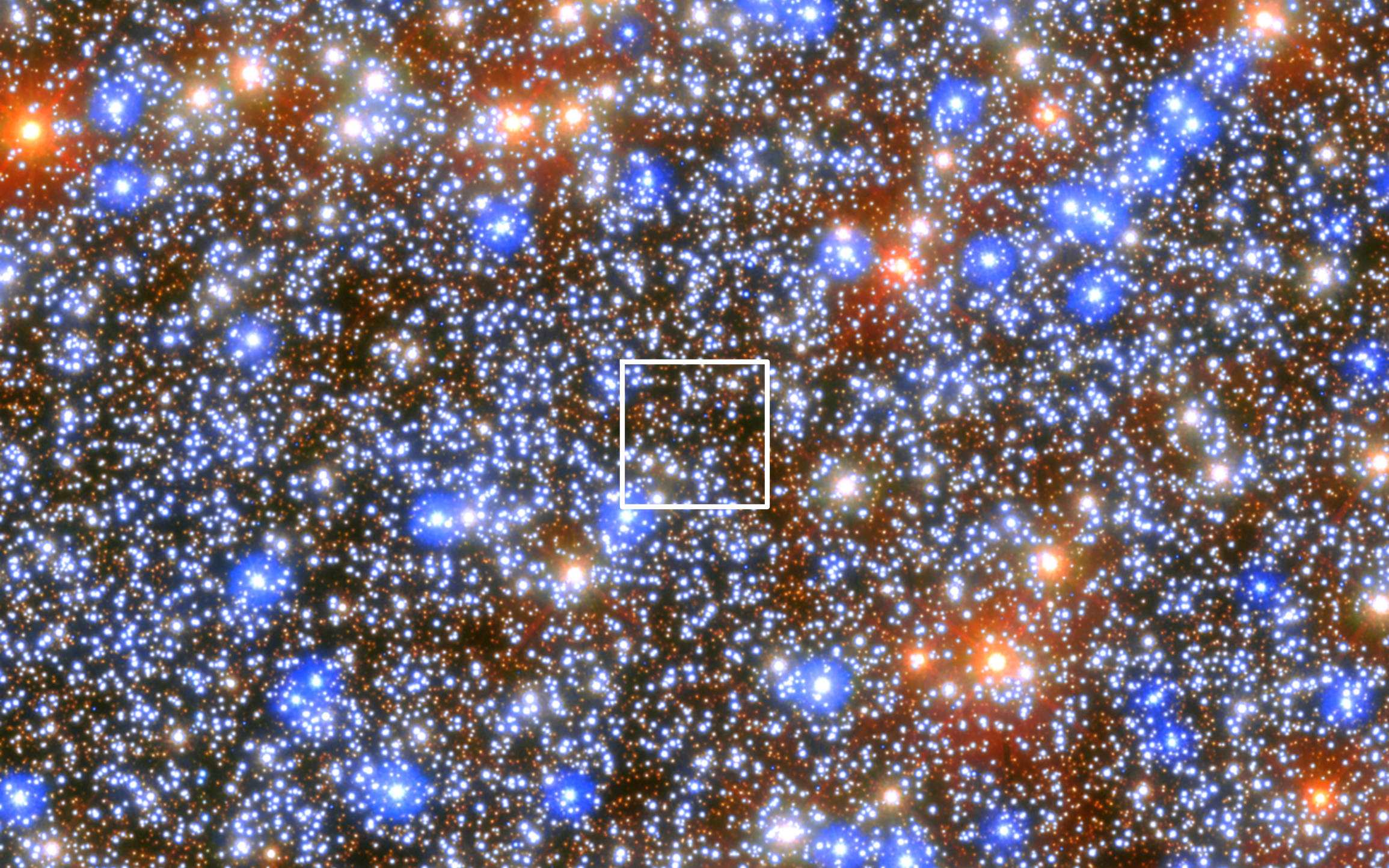News release
From:
A massive black hole – about 20,000 times the size of the sun – has been confirmed as the closest to our solar system by an international study involving University of Queensland researchers.
This discovery validates decades of speculation about the black hole’s existence, which the team found at the centre of the neighbouring star cluster Omega Centauri in the Milky Way, about 18,000 light-years from our solar system.
The study involved analysing and cataloguing 1.4 million stars in the cluster, which were then compared against theoretical models developed by UQ’s Associate Professor Holger Baumgardt.
“Led by the Max-Planck-Institut für Astronomie in Germany, our team searched for fast-moving stars expected to exist near concentrated masses, like black holes,” Dr Baumgardt said.
“Identifying these stars was the smoking gun evidence we needed to prove the black hole’s existence, and we did.
“When I saw the data, I immediately knew we found something special.
“Astronomers have tried to find one of these black holes for over 20 years, and now we have finally succeeded.”
The team studied more than 500 Hubble space telescope images of the cluster.
“These images were originally produced to calibrate the Hubble’s instruments rather than for scientific use, but they turned out to be the ideal data set for our research and proved to be invaluable,” Dr Baumgardt said.
To fully understand this observational data, researchers needed theoretical models to compare it against – and that’s where Dr Baumgardt’s work came in.
“After an extensive analysis, we found that only an intermediate-mass black hole, about 20,000 times the mass of our sun, could produce the seven fast moving stars we were seeing,” he said.
“This class of black holes has been a theory for decades but is now fully confirmed to exist.”
Dr Baumgardt said he and the team were amazed at the magnitude of the discovery.
“I think this will invigorate the field and lead to a lot of new research in this area,” he said.
“We can begin to speculate how this black hole formed, how it’s related to other massive black holes astronomers have found, and where other intermediate-mass black holes might exist.
“It’s a thrilling time to be an astronomer and we’re excited to see where our discovery will lead.”
This research was published in Nature.



 Australia; International; QLD
Australia; International; QLD



